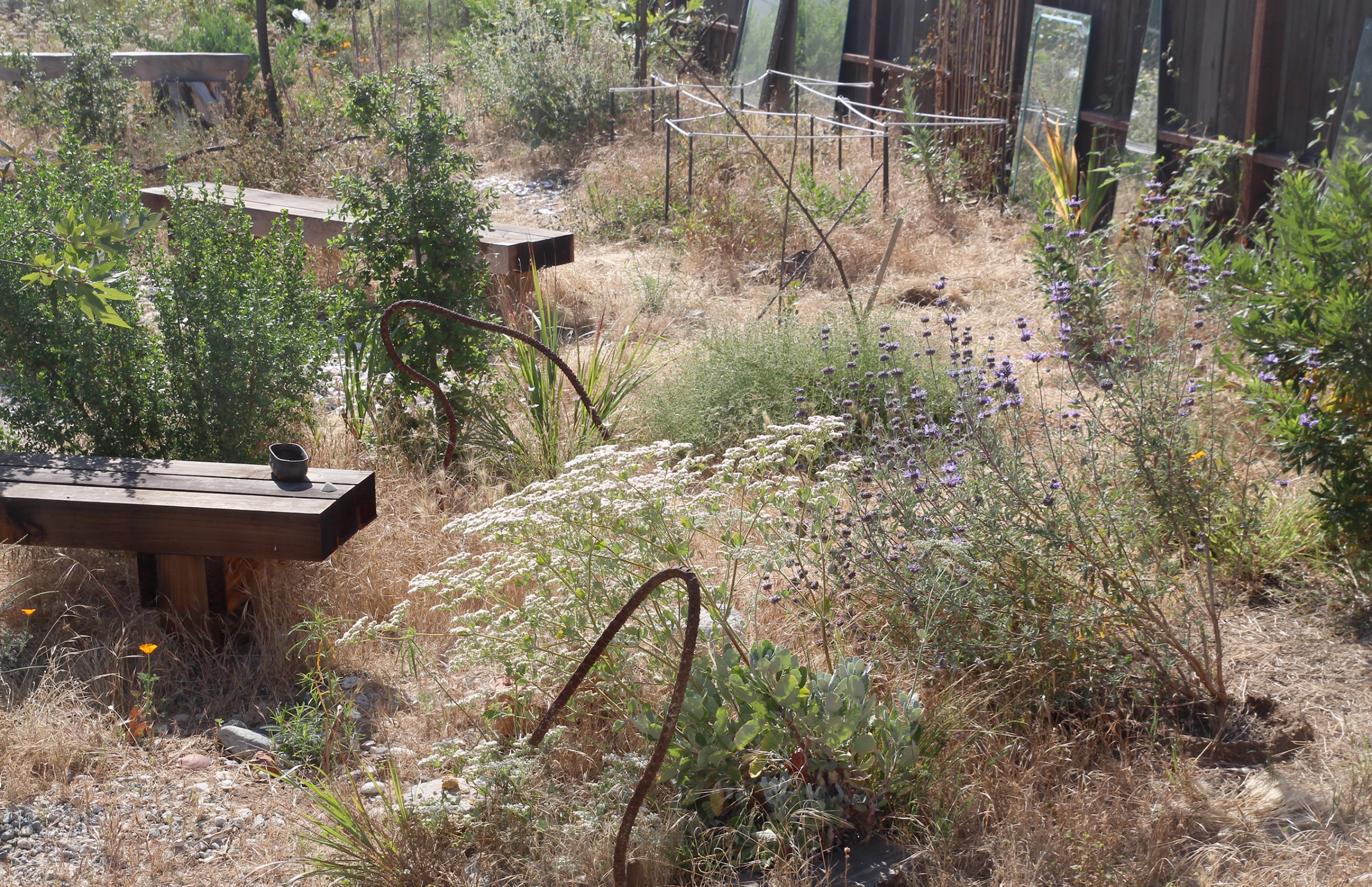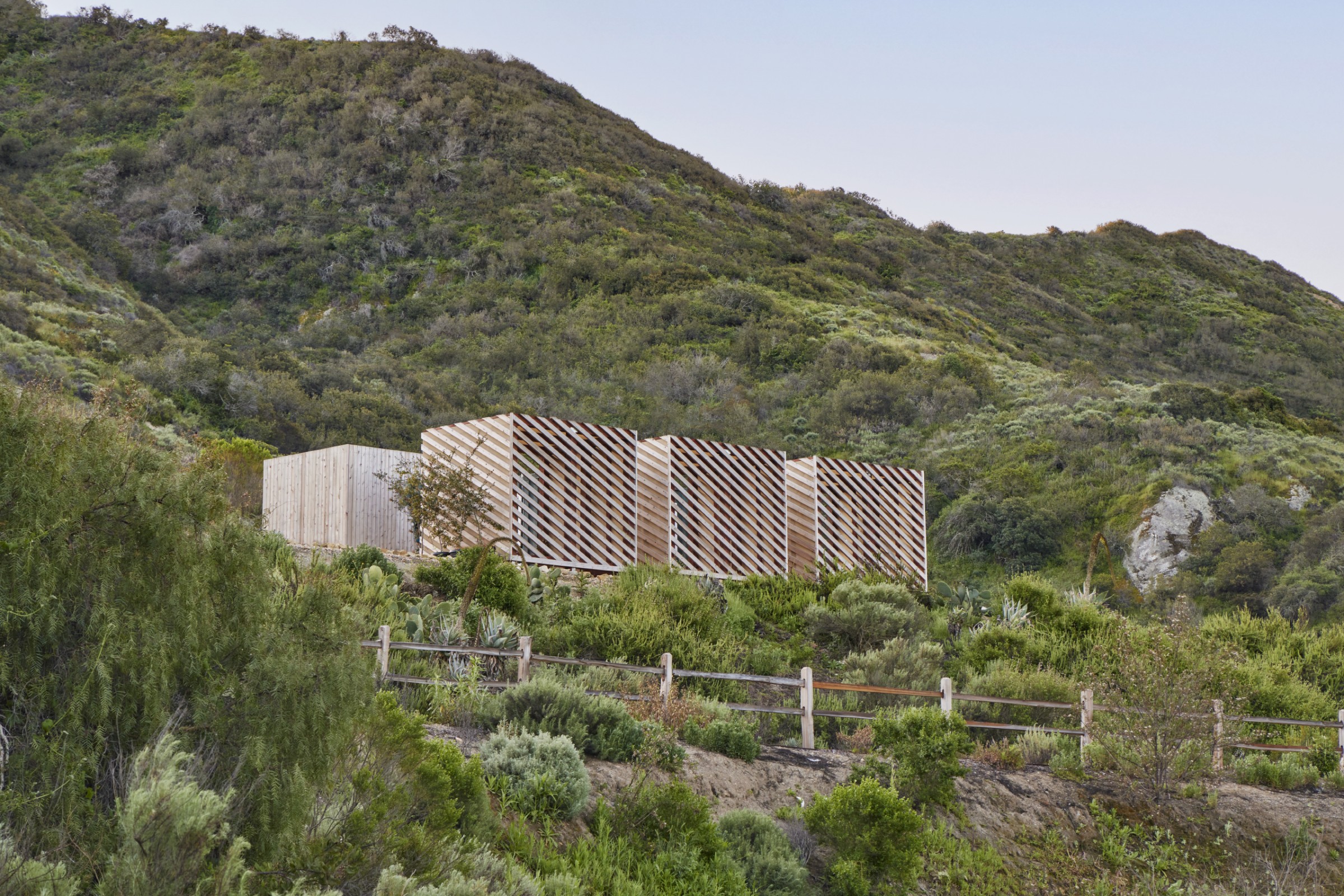
Terremoto is the kind of firm that enthusiastically describes its approach to a recent project as ‘hippie-dippy gooey goodness.’ The landscape architecture design studio with offices in Los Angeles and San Francisco digs a countercultural vibe. After all, they did restore and enhance the landscape of the Sea Ranch Lodge, the historic (and famously hippie modernist) outpost on the Northern California coast master planned by landscape architect Lawrence Halprin.
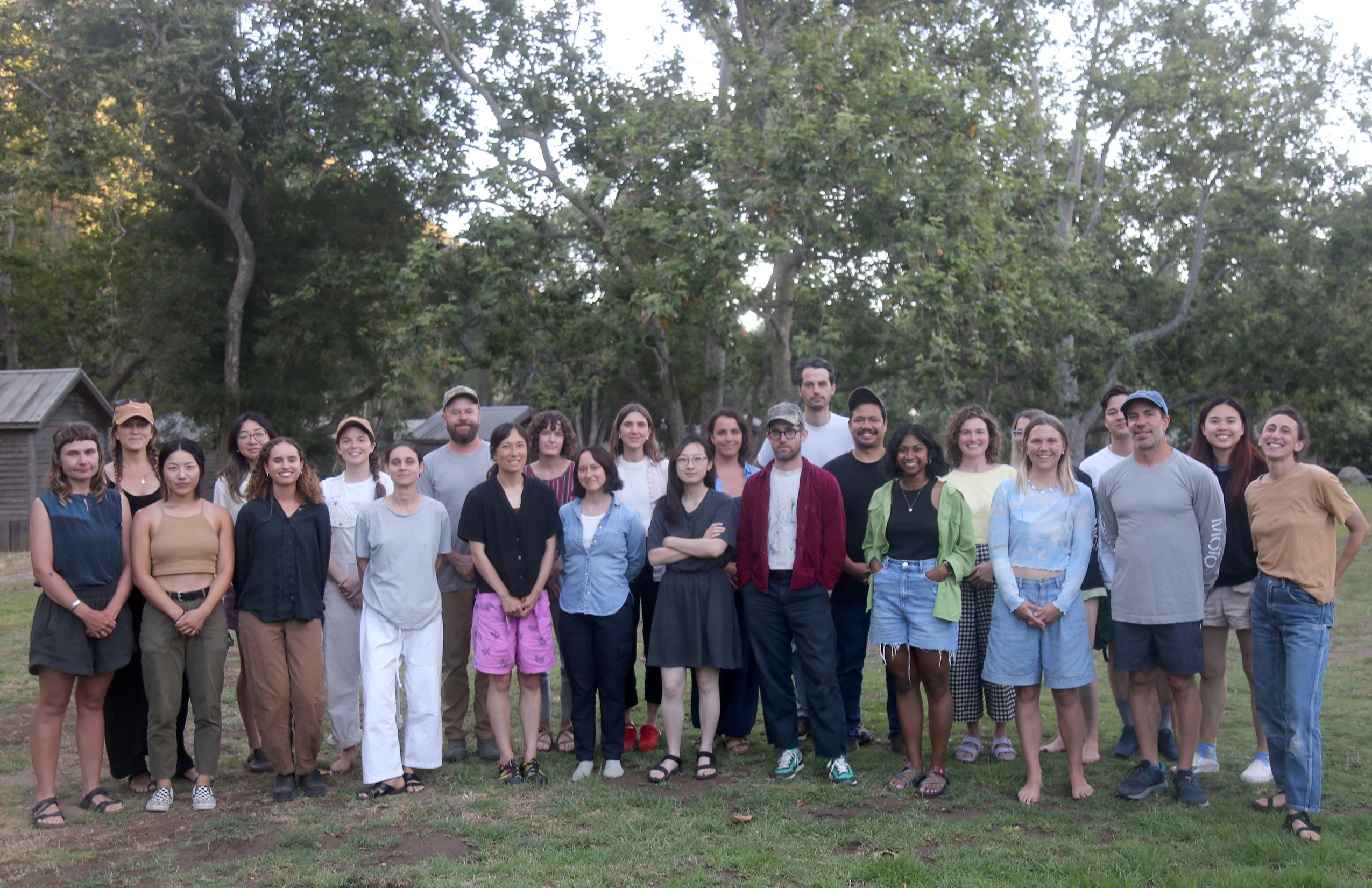
Terremoto: a landscape approach to 'mini habitats'
Their gardens and landscapes are mini habitats—places where people, pollinators (birds and bees), native plants, and even art share the love. In the 7th Avenue Garden, designed in collaboration with artist David Horvitz, a weedy, vacant lot was transformed into a small park made up of a jumble of milkweed, plumeria, and wildflowers. Terremoto added a few chunky wood benches and a deck, and rubble and rebar from the demolished LACMA buildings were shaped into found-object sculptures.
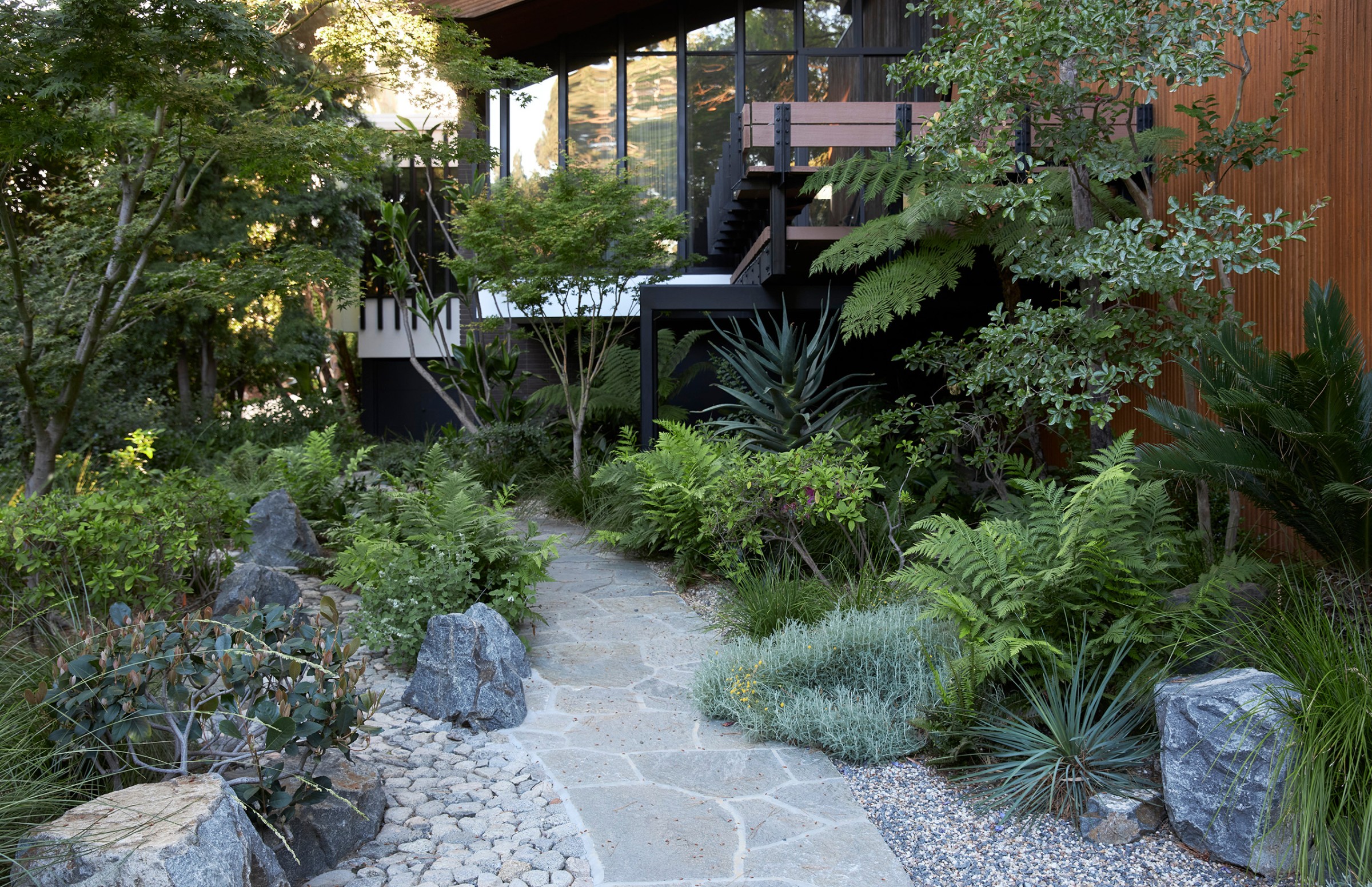
‘It’s our present motivation to build unapologetically ecologically focused landscapes that define a new radical aesthetic; we’re looking for new beauty,’ says David Godshall, who founded the practice with Alain Peauroi in 2013. Jenny Jones and Story Wiggins came on board as partners three years later. In the decade since, it’s grown almost exponentially over a period that includes reckonings around climate crisis, social justice, and labour equity.
As such, the studio has changed its own business model and labour practices, eschewing hang-ups on titles like owner or founder, and instituting an egalitarian profit sharing model. 40% of all profits are dispersed amongst the 26-person team every quarter. ‘It’s not perfect, but we’re trying new things and testing it out as we go along,’ says Godshall.
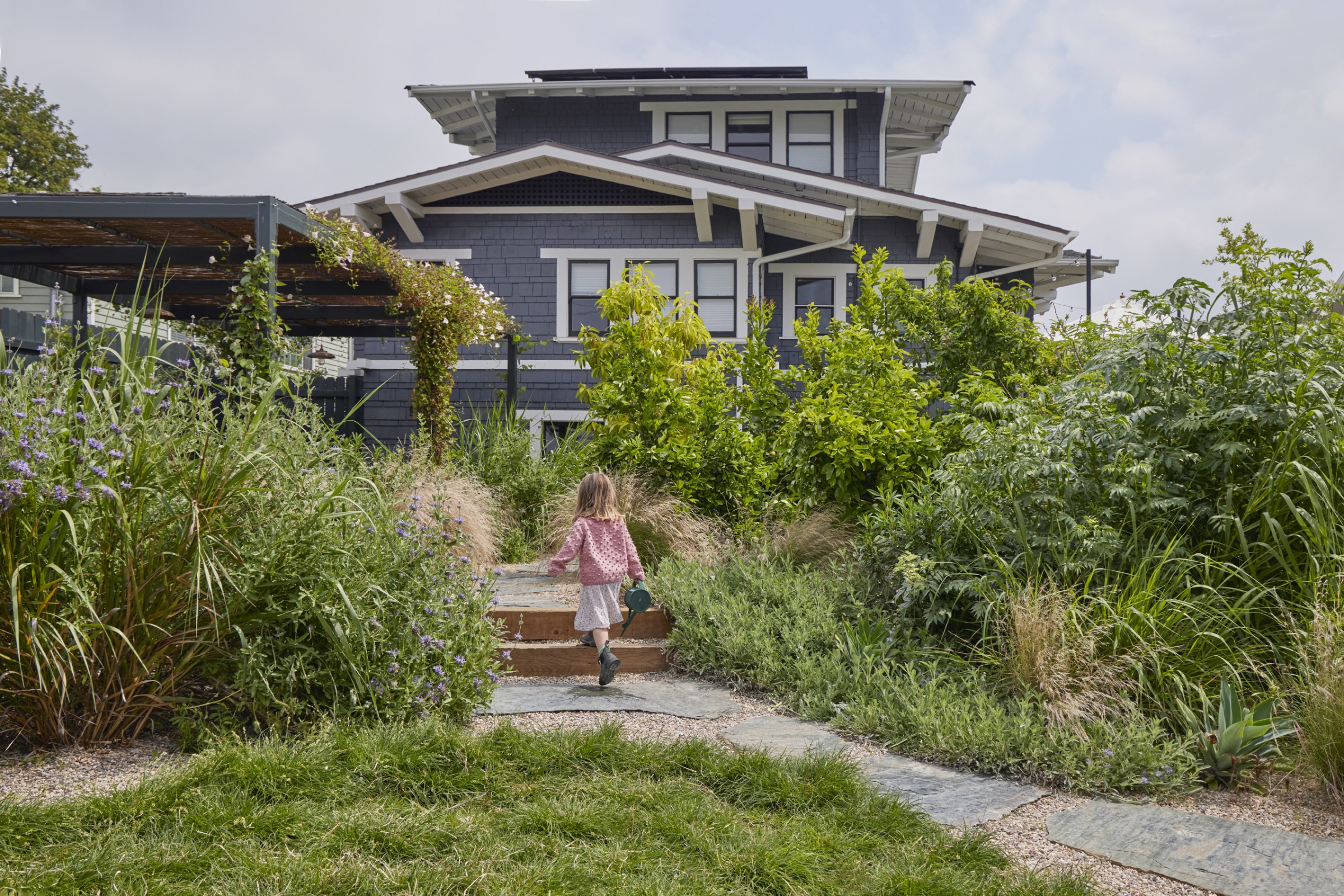
Testing and iterating is at the core of Terremoto’s approach. The office started a ‘test plot’ in Los Angeles’ Elysian Park where they could research biodiversity, foster community land stewardship, and model ways of working with state and city agencies. Private gardens, however, are their primary site of experimentation. It’s where they work to undo the 20th century pastoral, suburban ideal—bright green lawns and privacy hedges—that is hard baked in the California imaginary. ‘We can re-wild our cities quickly and effectively through residential work, simply put,’ he notes, adding that environmental changes can be implemented faster in domestic settings because they are less restricted by the policies and bureaucracy of public space.
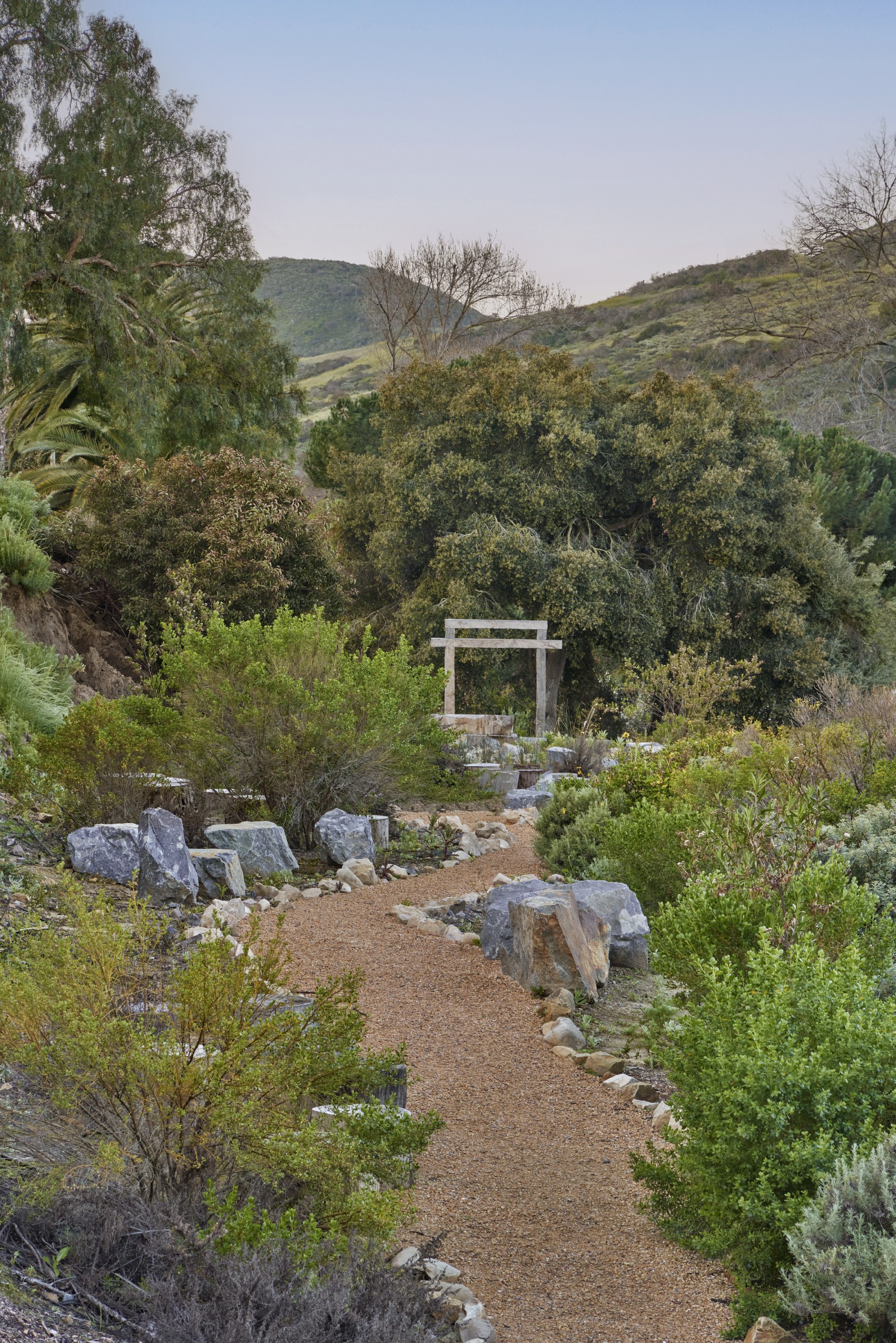
Which is not to say that private projects are simply freewheeling. Ethics and politics guide every Terremoto design from ground up. ‘We believe that gardens are processes, not products; we believe in using local materials and native plants as a way of creating gardens that are ecologically resilient; and we believe that the role of the landscape labourers needs to be elevated and given the proper respect it deserves.’
